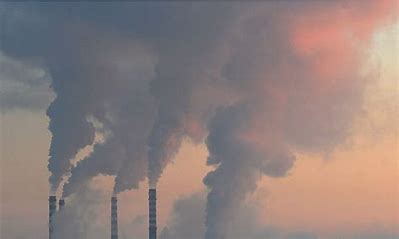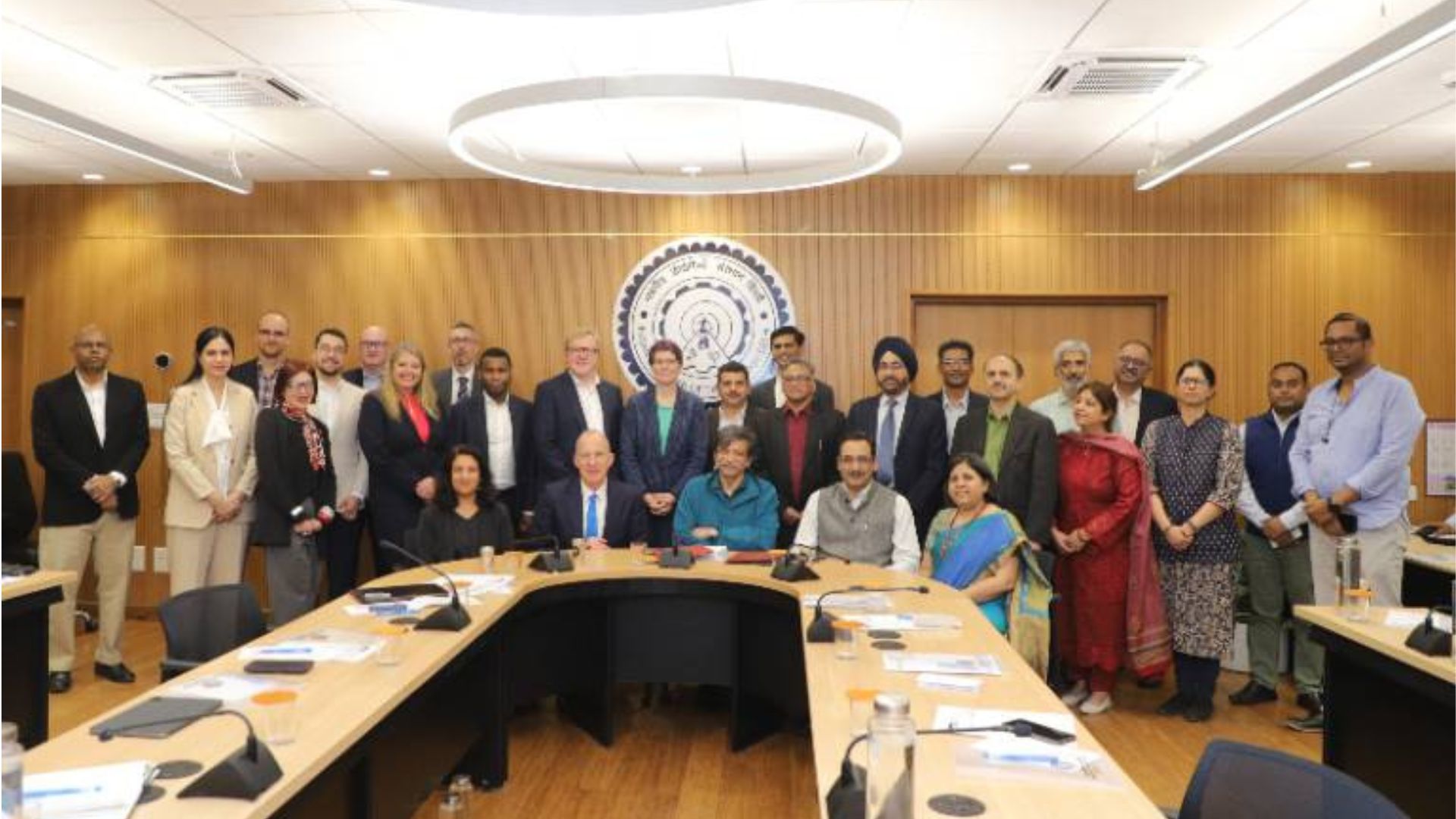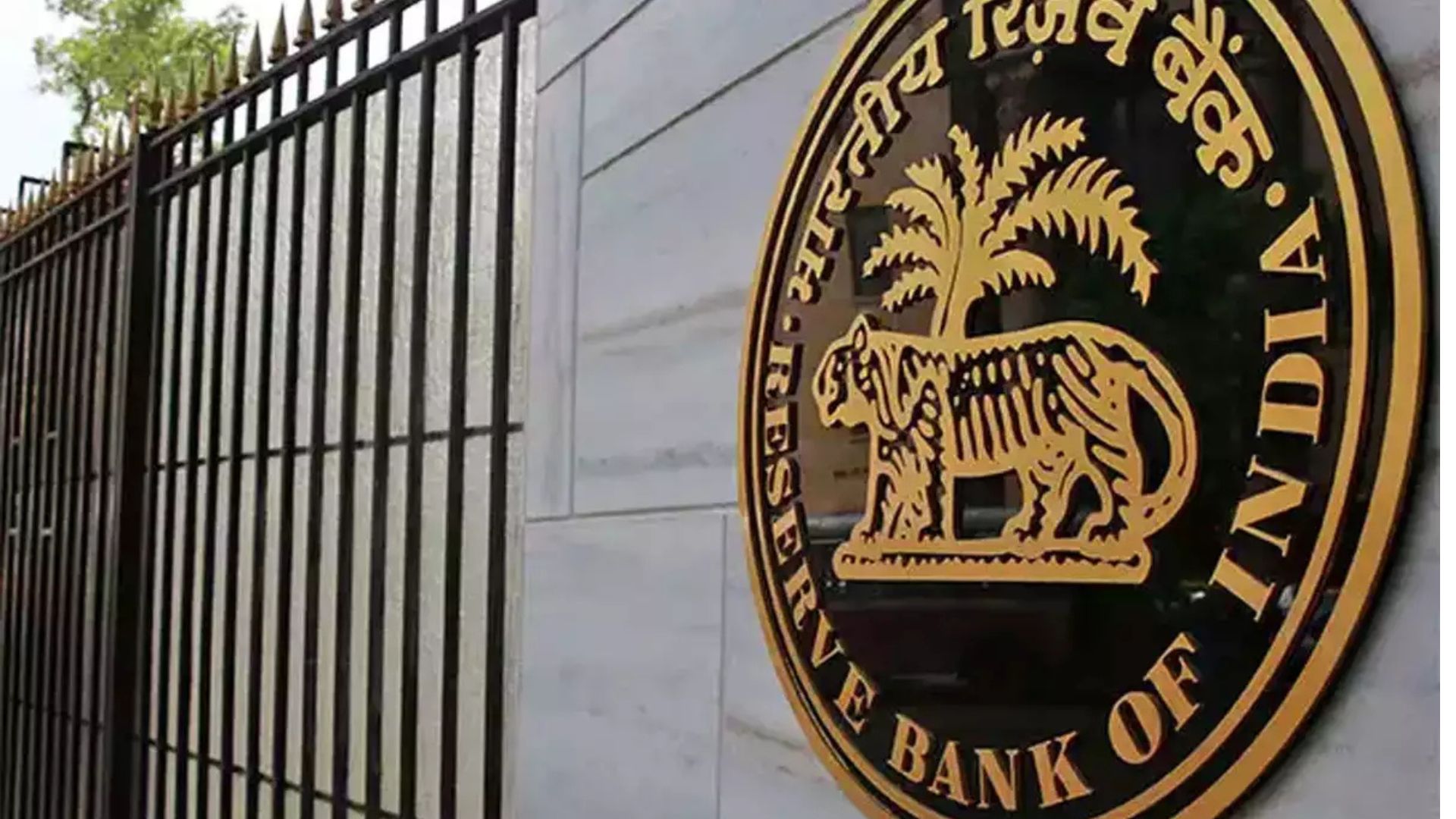
Human induced industrial activities coupled with growing carbon emissions are making the earth warmer day by day and changes in weather patterns are affecting the agricultural dependents taking their livelihoods towards catastrophe. Climate Change which is natural process is being catalysed by anthropocentric deeds. Global efforts constantly addressed the concern of climate change and the significant among them are United Nations Framework Convention on Climate Change (UNFCC) and Paris Agreement on Climate Change. Green and Clean technologies, alternative and renewable energy sources, etc., are of paramount importance in mitigating carbon emission and to restore the effects of climate change concerns.
The interface between Climate Change and Intellectual Property predominantly associate with the patents and technology transfer, but importantly an Intellectual Property is being overlooked which has lot of significance regarding the development and protection of a community(s) i.e., Geographical Indications.
As per Article 22(1) of The Agreement on Trade-related Aspects of Intellectual Property, 1995-Geographical indications identify good as originating in a territory, or a region or locality in that territory, where a given quality, reputation or other characteristic of the good is essentially attributable to its geographical origin. The GI goods are classified into agricultural and non-agricultural types. In view of current circumstances and study, we may ignore the effects of climate change on non-agricultural goods, but agricultural goods are gradually being effected by the adverse effects of climate change. Lack of water sources or floods, fluctuating temperatures, rising heat, changes in seasonal climatic condition patterns is effecting the Agricultural productivity. This has an invariably effect on the rural communities and agricultural communities whose socio-economic conditions are exclusively dependent upon the nature for their livelihood. In India, we have approximately more than 100 Geographical Indications which are classified under the category of ‘Agricultural Type’ which have been protected under Geographical Indications of Goods (Registration and Protection) Act, 1999. The whole nation is looking towards Wayanad, for its recent landslides, but there is another silent suffering that is going on in the Wayanad Coffee cultivating communities. Wayanad was granted Geographical Indication Tag in 2018 for its Robusta Variety Coffee, but gradually there is a trend of increasing temperatures and erratic rainfall which is affecting the quality of the coffee berry. The early ripening of the coffee berry is affecting the taste of coffee. Similarly Assam’s Muga Silk, which is GI protected is facing the effects of climate change.
Uneven rainfalls, increasing temperatures, decreasing ground water levels are causing fungal infections in the host plants on which silkworm reside. Kashmir Saffron, another historical product which was granted GI tag in 2020 is also effected by climate change. Dry spells, temperature fluctuations have created problems for the cultivators where they are leaving saffron cultivation and shifting to other crops. Matti Banana of Kanyakumari was granted GI tag in 2023. Its unique for its taste and quality.
The quality of the banana depends upon the rainfall and the capacity of the soil to hold the water which provides the quality and characteristics. Unseasonal rainfall will cause the soil to hold back more water due to which the banana’s quality gets effected in a way where it cannot be preserved for a long time. This can effect the sale and export of the bananas. Another example can be Nagpur Oranges, which are again facing the wrath of drought conditions fuelled by climate change. The orange growers are unable to get the return of investment duet to changing weather patterns. Not only these but there are various other agricultural Geographical Indications like Darjeeling Tea, The Malihabadi Dusseheri Mango (Uttar Pradesh), Bhalia Wheat (Gujarat), Madurai Malli (Tamil Nadu), etc., are also among few which are directly or indirectly facing the adverse impacts of climate change.
The global community need to pay attention to this alarming situation. If it happens gradually for a longer time, many people may be forced to become climate change refugees in the future. Global legal efforts are seeming minimal with regards to the Paris Agreement or any other climate change agreements are not too focussed on Geographical Indications. Geographical Indications of Goods (Registration and Protection) Act, 1999 is also mute on these kind of challenges. Although there are few research suggestions aiming to make certain amendments in Geographical Indication laws concerning terroir alterations or reducing or slightly modifying the standard of quality and characteristics of goods originating from the regions which are effected by climate change. But these suggestions go against the true spirits of Geographical Indication principles where the specific region, quality and reputation are the quintessential traits of GI protection. Sustainable practices, conversation measures like indoor cultivation for certain crops need to be undertaken to mitigate the issues. A series of debates, deliberations, discussions and cooperation between the countries at the bilateral and multilateral levels is the prime need of the hour for the mitigation of negative impacts of climate change on Geographical indications. In addition to these efforts, the academicians, agricultural scientists need to aim their research in this horizon calling for an action with respect to its specific impact on Indian Geographical Indications.















